Classifying the Enigmatic: Identifying a Newly Discovered Fungus Among the Fungal Kingdom
Posted on February 1, 2024 • 3 minutes • 610 words • Other languages: Русский
Table of contents
The world of mycology, the study of fungi, is brimming with diversity and complexity. Recently, a biologist embarked on an intriguing journey to classify a newly discovered fungus, revealing characteristics that offer a fascinating glimpse into the evolutionary intricacies of fungal organisms. Among the observed characteristics were the presence of chitin in the cell walls and flagellated spores. These traits provide critical clues for classification, guiding us toward understanding the organism’s place within the fungal kingdom. To determine its classification, let’s explore the characteristics of different fungal groups: Zygomycota , Basidiomycota , Ascomycota , and Chytridiomycota .
Understanding Fungal Characteristics
Fungi are a diverse group of organisms, ranging from microscopic yeasts to large mushrooms. They play vital roles in ecosystems, such as decomposers breaking down organic material. Fungal cell walls contain chitin, a complex sugar also found in the exoskeletons of arthropods, providing structural support and resistance against environmental pressures.
The Significance of Flagellated Spores
Flagellated spores, or zoospores, are a distinctive feature observed in some fungi. These motile spores are equipped with flagella, allowing them to swim through water.
| Flagella |
|---|
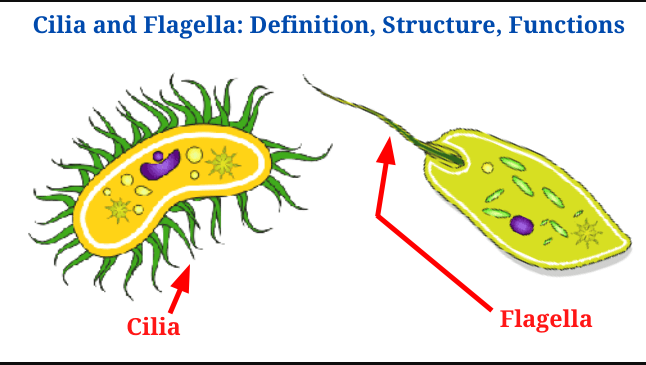 |
This characteristic is pivotal in understanding the organism’s life cycle and ecological niche, especially in aquatic or moist environments.
Analyzing the Groups
Phylogenetic analysis of fungi:
| Phylogenetic analysis of fungi using 42 complete genomes reveals that Ascomycota, Basidiomycota, and Zygomycota constitute three of the four phyla in the fungal kingdom, each forming distinct monophyletic groups. |
|---|
 |
Zygomycota
Zygomycota, or zygomycetes, are known for their fast-growing molds, such as bread mold. They reproduce sexually through the formation of a zygospore , a thick-walled spore formed by the fusion of haploid cells. While they have chitin in their cell walls, zygomycetes do not produce flagellated spores, making them less likely to be the group in question.
| Syncephalastrum racemosum—sporangiophore and merosporangia. |
|---|
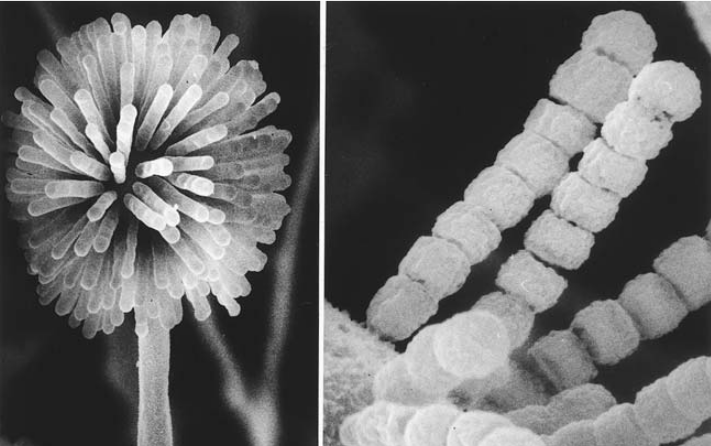 |
| Cokeromyces recurvatus—young and mature sporangiophore. |
|---|
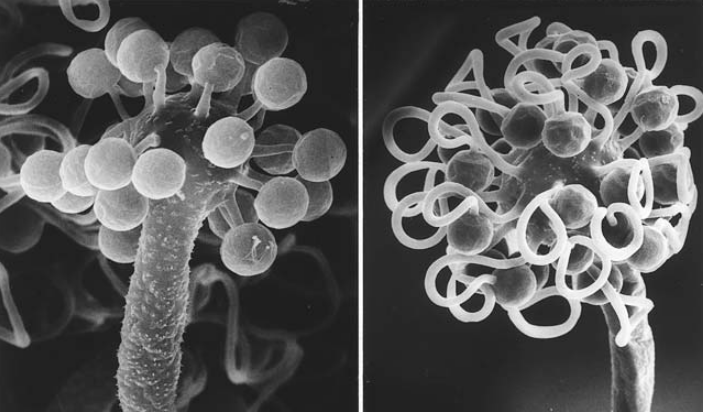 |
Basidiomycota
Basidiomycota encompasses a wide range of fungi, including mushrooms, toadstools, and puffballs. This group is characterized by the production of spores on the surface of basidia. Although they have chitin in their cell walls, Basidiomycota species do not produce flagellated spores, focusing instead on wind dispersal mechanisms.
| The alpine navel is a lichen that belongs in the Basidiomycota |
|---|
 |
Ascomycota
Ascomycota, or sac fungi, include diverse forms like morels, truffles, and yeasts. They produce spores in a specialized sac-like structure called an ascus. While ascomycetes have chitin in their cell walls, they are not known for having flagellated spores, aligning with a reproduction strategy that does not typically involve motile spores.
| Zoned shelf lichen is often referred to as shelf fungus because of the way it sticks out from the infected tree. They are called polypores. |
|---|
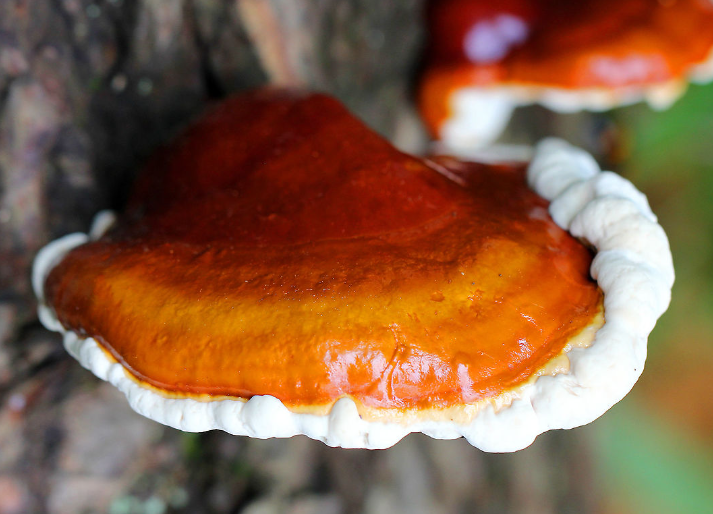 |
Chytridiomycota
Chytridiomycota, or chytrids, are unique among fungi for their production of flagellated spores. This group is primarily aquatic or found in moist environments, where their motile spores can easily navigate through water. The presence of chitin in their cell walls, coupled with the distinctive flagellated spores, aligns perfectly with the observed characteristics of the newly discovered fungus.
| Synchytrium endobioticum is a chytrid fungus that causes the potato wart disease |
|---|
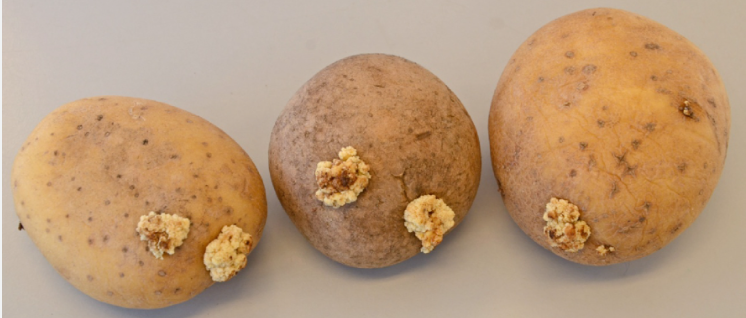 |
Conclusion
Given the observed characteristics of chitin in the cell walls and flagellated spores, the newly discovered fungus most likely belongs to the Chytridiomycota group. Chytrids are the only major fungal group that produces flagellated spores, a key feature that sets them apart in the classification process. This classification not only enhances our understanding of fungal biodiversity but also underscores the importance of detailed observation in unraveling the mysteries of the natural world. As mycologists continue to explore and classify fungi, each discovery adds a new layer of knowledge to our understanding of these fascinating organisms and their roles in ecosystems.
Share
Tags
Counters

